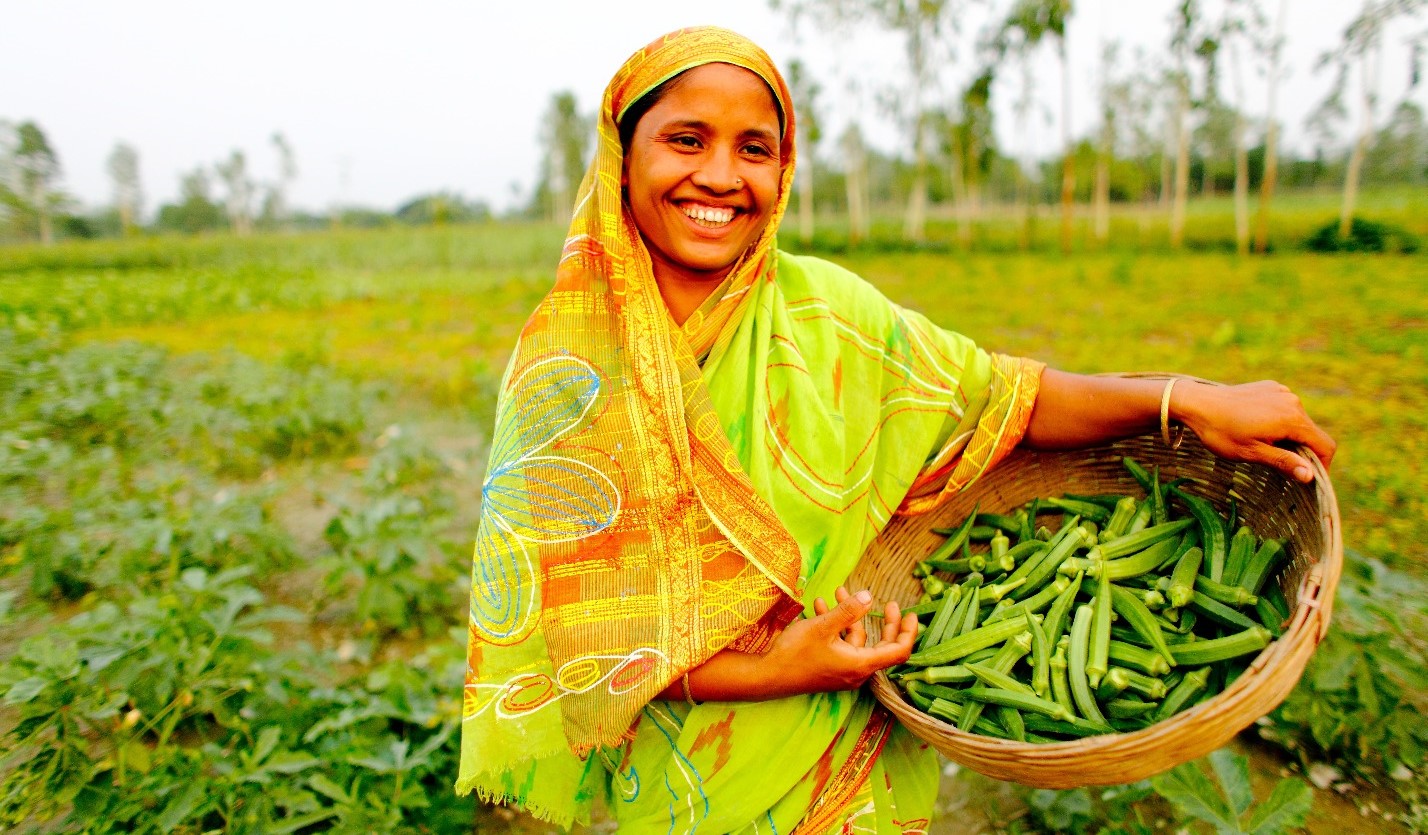Thriving food systems and nutritious food for all go hand in hand
IfadAssetRequestWeb
Asset Publisher
Thriving food systems and nutritious food for all go hand in hand
Estimated reading time: 5 minutes
Malnutrition, in its many forms, remains one of the greatest challenges affecting societies across the globe. Hundreds of millions of people, many of them children, are facing chronic hunger as they do not have enough to eat. Meanwhile, overweight and obesity are increasing rapidly in most regions of the world. Indeed, different types of malnutrition can co-exist within the same country, community or household – even within the same individual – and seemingly opposite forms of malnutrition can paradoxically be linked. The disruptions to food supply chains and strains on health care systems due to the COVID-19 pandemic have only worsened the situation.
Poor diets of all kinds, and the toll they take on human health and on our societal systems, are also directly linked with the health and functionality of our food systems. Creating sustainable, resilient and inclusive food systems will make lasting improvements in global health, nutrition and productivity.
The economic and social costs of malnutrition
Malnutrition imposes severe burdens on economies worldwide – there is no country in the world that is not affected in some form.
For example, stunting (the condition of impaired or delayed growth) affected 144 million children under age 5 as of 2019. More than 90 per cent of them live in Africa or Asia, the majority of them in rural areas. Stunting compromises children’s cognitive development and physical capabilities, making entire generations less productive than they would otherwise be. It also has long-term economic repercussions. The research conducted for the Cost of Hunger in Africa series, representing 21 African nations to date, shows that these countries lose up to one sixth of their GDP annually due to child undernutrition.
Meanwhile, the increasing prevalence of overweight and obesity is contributing to the growth of diabetes and other chronic diseases in adults, with equally devastating health and economic consequences. Between 2006 and 2015, for example, heart disease, stroke and diabetes collectively caused a loss of US$13.5 billion in GDP across Argentina, Brazil, Colombia and Mexico.
The intersections of nutrition and climate change
Farmers, pastoralists, forest dwellers and fishers are facing numerous challenges in producing and gathering food due to shifting weather patterns. Meanwhile, rates of food loss and wastage are soaring. Today, as much as one third of all food produced for human consumption is lost or wasted. Climate change contributes to some of this food wastage, and spoiling food further adds to rising greenhouse gas levels. Moreover, the resources used to produce, transport, store and prepare this food are also wasted.
The various consequences of climate change are affecting the food and nutrition security of millions of people – especially the poorest. They threaten not only the availability of natural resources (and therefore of food), but also access to health care and environmental health in general.
Protecting and improving biodiversity is a key component of reversing trends like these. This can take many forms, including: promoting the use of multiple species, especially neglected and underutilized species; integrating the use of crop, livestock, forest and aquatic resources; and conserving and managing habitats at landscape or seascape scale. Enhancing biodiversity can simultaneously improve resilience, safeguard livelihoods, and foster better nutrition.
Promoting equitable and inclusive food systems
Food needs to be accessible for everyone, especially the most vulnerable groups. Women and youth, for example, are actively involved in food systems in many ways, but they face myriad social, economic and cultural obstacles that impede both their own food and nutrition security and that of their children. Meanwhile, a lack of integration of key stakeholders, such as small-scale family producers and other actors, prevents the development of sustainable and inclusive food systems.
The transformation of food systems means not only ensuring these groups’ full participation, but also empowering them. With the right opportunities and plenty of access to inputs, small-scale producers can sustainably manage natural resources and produce diverse and nutritious food. For some groups, achieving this kind of inclusion might require support that addresses the challenges that have previously precluded their full participation. Ensuring the equitable distribution of household work, for example, not only creates a healthy work-life balance for the whole family – it allows time for the proper care of young children and pregnant or lactating women.
Policy solutions for resilient food systems and improved nutrition
Food systems comprise interlinked activities all along the value chain. Viewing value chains through a food-system lens can lead to a shift from a purely economic appraisal to one that incorporates nutrition and resilience; creates demand for healthy foods; and encourages investment in multiple commodities, all while promoting healthier diets, more sustainable food choices, and reduced waste.
Improving the production – and productivity – of nutritious foods will require government support, especially for small-scale family producers. Helping these farmers bolster their production and access markets will both improve their own livelihoods and food and nutrition security and contribute to the development of resilient, productive value chains and food systems.
Maximizing synergies and minimizing trade-offs within food systems means understanding how the systems are physically connected and institutionally linked. It also entails coordination and integration across all levels of government and across sectors; effective communication; and a balance of powers and capabilities among all involved actors. Such coordination can even foster the creation of conducive fiscal policies (e.g., taxation and appropriation of subsidies) and facilitate private sector investments in alignment with government policies.
To end hunger and malnutrition, food systems must produce more nutritious, healthy food in a sustainable way. By ensuring access to nutritious food for all, promoting inclusivity, and developing supportive policies, we can change our food systems for the better.
See below for some resources on designing nutrition-sensitive projects.
Nutrition-sensitive value chains: A guide for project design
How-to-Do Notes on investing in neglected and underutilized species value chains
Publication date: 11 June 2021
